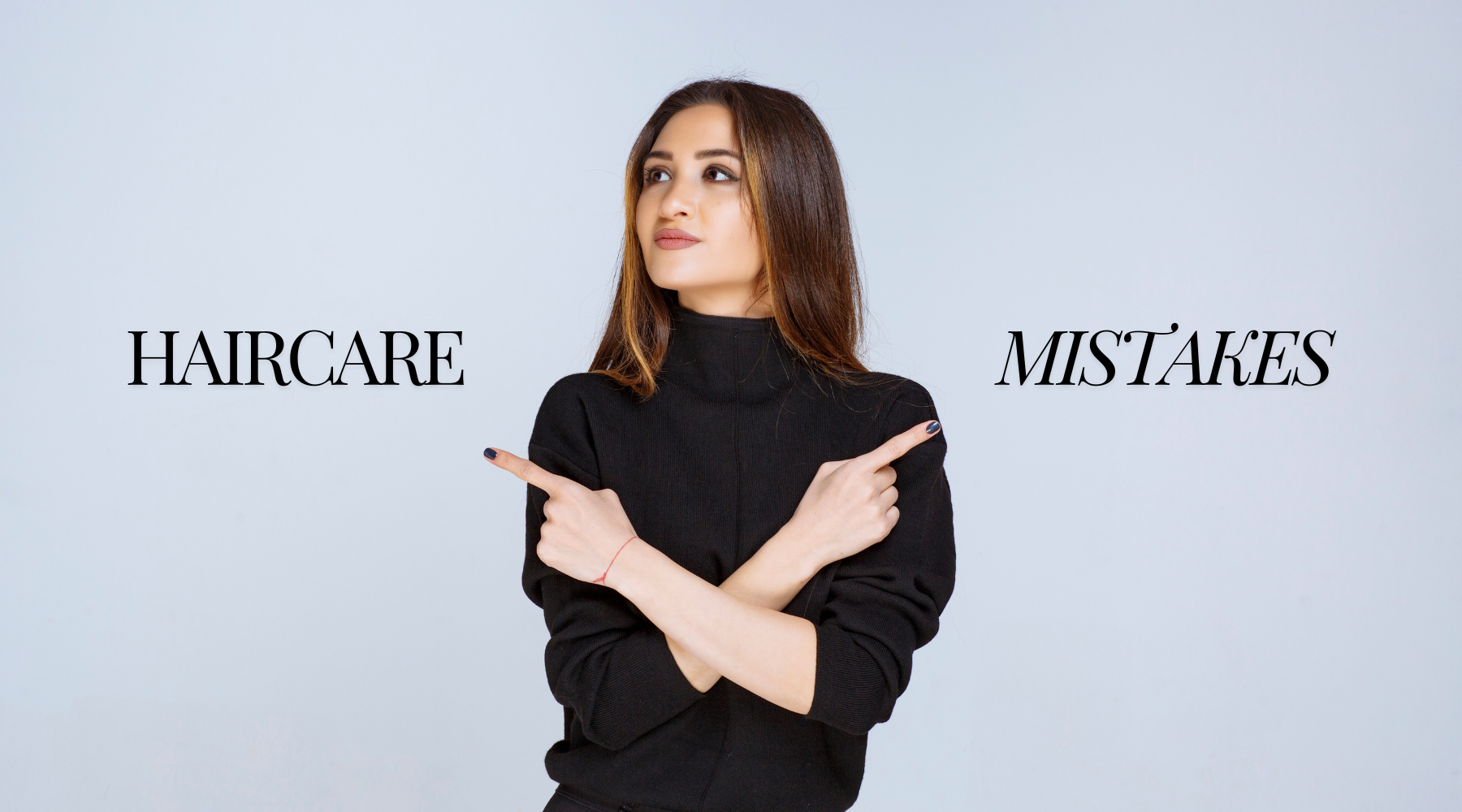
Understanding Your Hair Type, Texture, and Porosity
Determining your hair type is not as straightforward as figuring out your skin type. You often may hear terms like hair type, texture, and porosity used interchangeably, but they carry different meanings. Understanding the nuances of your hair can be the key to achieving the hair of your dreams and maintaining its health. In this article, we will be unveiling the differences between these concepts so you can understand your hair more and be able to create personalized haircare routines to match your goals.
What’s your hair type?
Hair types include different characteristics that determine how your hair looks and behaves. Typically, hair types are divided into four categories: straight, wavy, curly and coily. Each type has distinct features that influence your hair care approach.

To determine your hair type, you need to observe the natural look of your hair, without styling products or manipulation. Straight hair lies flat, wavy hair has a gentle ‘S’ shape, curly hair, curly hair has defined curls, while coily hair has tight or zigzag-shaped strands.
What’s your hair porosity?
 Hair porosity refers to hair’s ability to absorb and retain moisture. To discover what type of porosity your hair has, try this simple test: place a dry strand of hair in a glass of water, wait a couple of minutes and observe the hair’s movement.
Hair porosity refers to hair’s ability to absorb and retain moisture. To discover what type of porosity your hair has, try this simple test: place a dry strand of hair in a glass of water, wait a couple of minutes and observe the hair’s movement.
- If the strand sinks and touches the bottom of the glass, it means that it absorbs a lot of moisture and you have high porosity hair.
- If the strand floats at the top, it means that it doesn’t absorb moisture and you have low porosity hair
- If it sinks, but doesn’t touch the bottom of the glass, it means that there’s a balance between absorbing moisture and retaining it. You have medium porosity hair.

You may be thinking that, since high porosity hair can absorb moisture, it’s the best, but that’s not the case. High porosity hair absorbs a lot of moisture because it has wide open cuticles (hence, high porosity). It absorbs moisture, but it can’t retain it. This hair porosity is typical for bleached and overly processed hair.
Understanding your hair’s porosity allows you to choose the right haircare routine to optimize moisture levels and promote hair health.
What’s your hair texture?
 Hair texture, aka hair thickness, refers to the diameter of an individual hair strand, not to be confused with hair density which refers to the amount of hair strands present per square centimeter. Hair texture can be:
Hair texture, aka hair thickness, refers to the diameter of an individual hair strand, not to be confused with hair density which refers to the amount of hair strands present per square centimeter. Hair texture can be:
- Fine
- Medium
- Thick
Fine hair has very thin and delicate strands. If you rub a single strand between your fingers, you don’t feel anything. Thick hair feels very coarse between your fingers and compared to a thread, they appear larger in diameter.

Your hair texture determines the type of products you need to use. Fine hair is very hard to curl, and you need to choose lighter formulations to prevent weighing it down. On the other hand, coarse hair can curl, but is not as soft, so you need to use intensive moisturizing products.
These three simple tests are crucial to understanding your hair and making informed decisions about your haircare routine. It’s important to make conscious choices so you can achieve the hair of your dreams!




Leave a comment
This site is protected by hCaptcha and the hCaptcha Privacy Policy and Terms of Service apply.